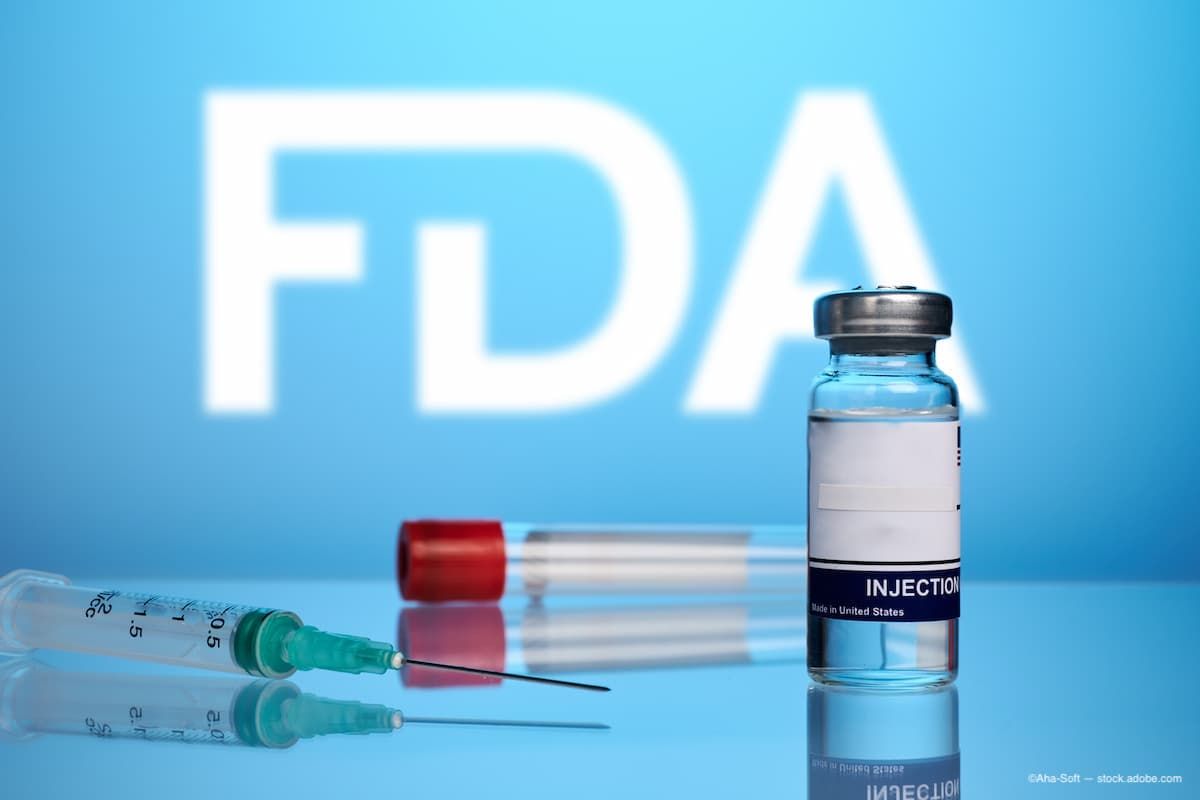Article
Inserts using femtosecond laser less traumatic, more accurate than conventional method
The IntraLase femtosecond laser (IntraLase) allows less traumatic implantation of micro-thin prescription inserts (Intacs, Addition Technology) compared with the conventional mechanical method of implantation.
ParisThe IntraLase femtosecond laser (IntraLase) allows less traumatic implantation of micro-thin prescription inserts (Intacs, Addition Technology) compared with the conventional mechanical method of implantation.
The procedure results in high patient satisfaction and it is easy to learn and to perform, said Yaron Rabinowitz, MD, of Cedars-Sinai Medical Center, Los Angeles. Dr. Rabinowitz demonstrated at the European Society of Cataract and Refractive Surgeons annual meeting how the IntraLase femtosecond laser made accurate and reproducible intralamellar channels in the corneas of the first 20 patients to undergo the procedure.
These results were compared with those from the mechanical keratome. Six patients had 6 months of follow-up and the remainder 3 months of follow-up.
He reported that the IntraLase implantation results in a greater decrease in spherical equivalent, better uncorrected visual acuity (UCVA) levels, and better best-corrected visual acuity (BCVA) compared with the mechanical method. Importantly, in none of the cases were the channels created too shallow. They also found that as the channels became narrower, the effect was greater.
"At 6 months after the IntraLase procedure to implant Intacs, the UCVA and BCVA levels were better than any results reported in the studies of the mechanical method, although the mechanical outcomes continued to improve to 12 month after implantation," Dr. Rabinowitz stated. "Further follow-up is needed to determine if the data are comparable 12 months after implantation. No explants were required. There is a high rate of patient satisfaction with the results at 6 months."
Newsletter
Don’t miss out—get Ophthalmology Times updates on the latest clinical advancements and expert interviews, straight to your inbox.




